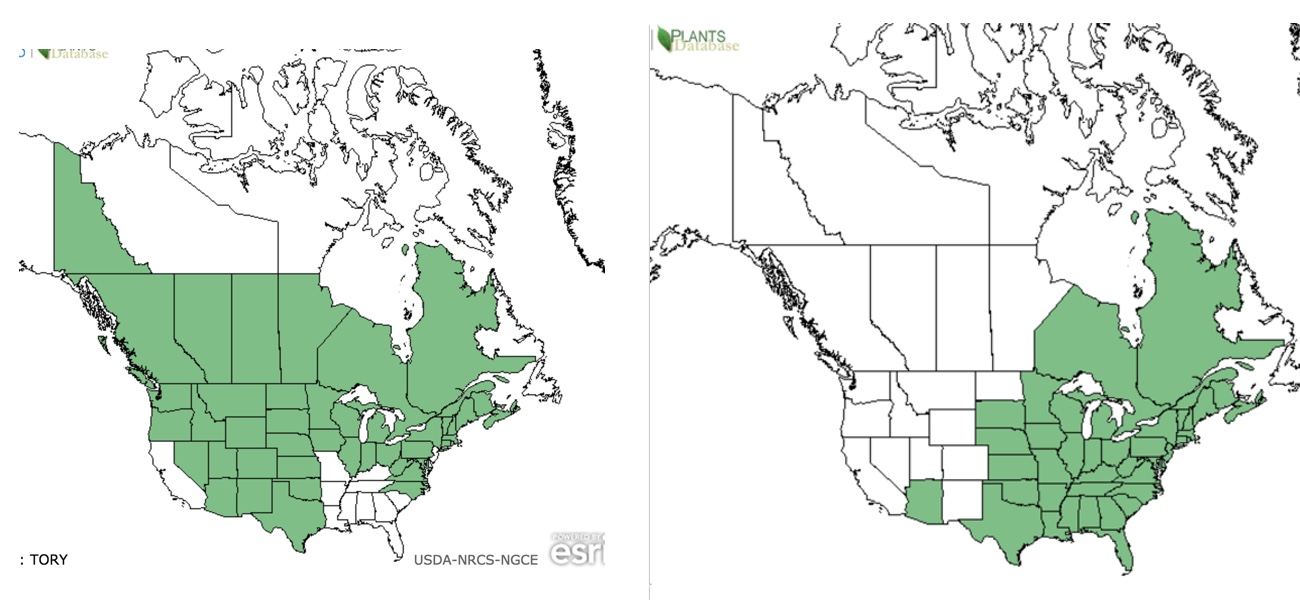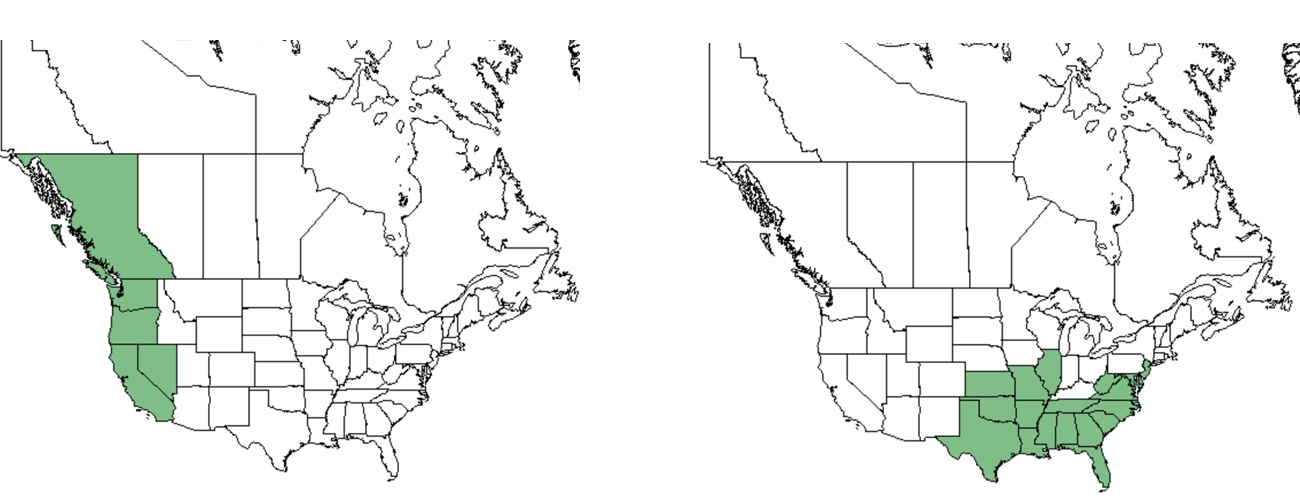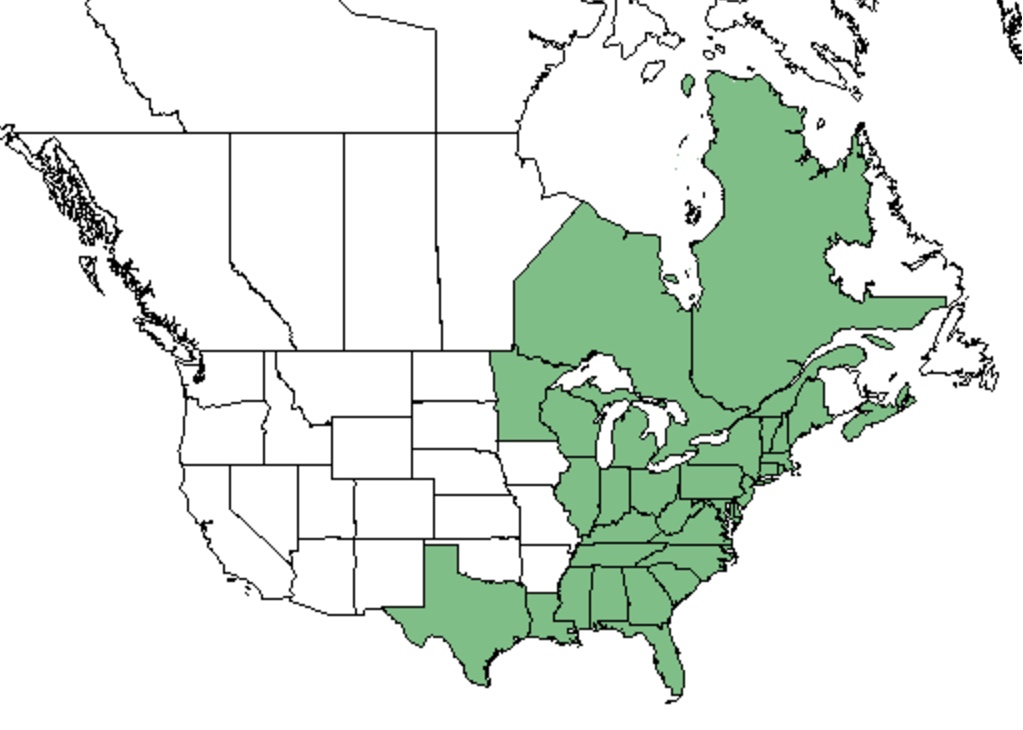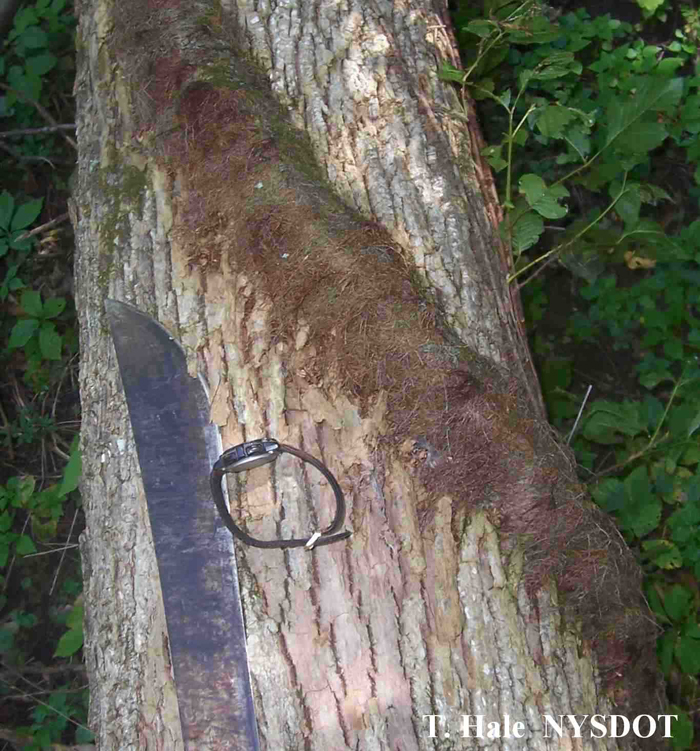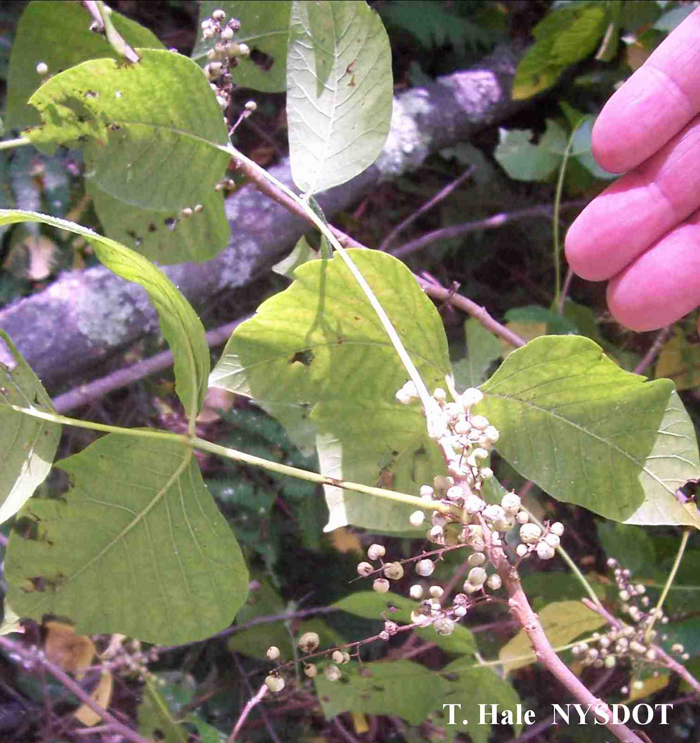Poison Ivy: Rash, Treatment & Pictures

Poison ivy (Toxicodendron radicans) is a toxic plant that causes an itchy and sometimes painful rash in most people when they touch it. A clear oil in the plant's sap, called urushiol, causes the irritation. The reaction results in an itchy, red rash with bumps or blisters, according to the National Institutes of Health (NIH).
Description
Poison ivy has several characteristic signs, according to About.com's Poison Ivy Treatment Guide. Its leaves grow in clusters of three. The middle leaflet is longer than the other two, and the leaflets are wider at their base and are elliptical in shape, with small lobes. The plant's stem has no thorns, but may have bunches of green or white berries. The stem may have aerial roots. [What Does Poison Ivy Look Like?]
The almond-shaped leaves range in color from light green (young) to dark green (mature), but turn red, orange or yellow during the fall. Mature leaves are slightly shiny. Leaflets are typically about 1.2 to 4.7 inches (3 to 12 centimeters) long, but can be up to 12 in (30 cm). The leaves have a smooth surface with few or no teeth on their edges.
Where it's found
Poison ivy grows throughout North America in all U.S. states east of the Rocky Mountains, the Canadian Maritime provinces, Quebec, Ontario, Manitoba and mountainous parts of Mexico, according to the USDA. It also grows in Asia in Japan, Taiwan, Russian islands and parts of China.
Poison ivy is very common in suburban parts of New England, and in the Mid-Atlantic and southeastern regions of the United States. Poison oak, a similar plant species, grows in western North America, the West Coast of the U.S. and the U.S. Southeast, according to the Centers for Disease Control and Prevention (CDC).
Poison sumac (Toxicodendron vernix), which is related to poison ivies and poison oaks, is a woody shrub that grows primarily along the Mississippi River and boggy areas of the Southeast, in the United States, according to the CDC.
The poison ivy plant normally grows in wooded areas, especially in places where the sun shines through. It can also be found in rocky places or open fields.
Get the world’s most fascinating discoveries delivered straight to your inbox.
Poison ivy flowers between May and June. Its yellowish- or greenish-white flowers grow in clusters slightly above the leaves. The plant has a grayish-white, berrylike fruit that matures in August to November. Not a true ivy, poison ivy can grow as a trailing vine, a climbing vine or a shrub.
Physical effects
Skin contact with poison ivy's oils causes a red, streaky and patchy rash, extreme itching and red bumps that can form blisters. The rash is not contagious, but the oils can remain on clothing, shoes and other objects for a long time if not cleaned, and can cause rashes in the future, according to the NIH. [Skin: Facts, Diseases & Conditions]
The inflammation of the skin is due to the body's immune reaction to the plant oil, said Dr. Seemal Desai, a dermatologist and medical director at Innovative Dermatology in Plano, Texas.
"Usually you'll see [the rash] at the site of contact with the plant," Desai told Live Science. "Sometimes it will be in a line, because the plant brushed by it in that pattern," he said.
If you have a rash, you shouldn't scratch it, Desai said. That will only help spread the rash.
Reactions to poison ivy range from mild to severe. The rash usually lasts a few days to a week, and is usually worst on days four to seven. On rare occasions, it can lead to hospitalization.
Poison oak and poison sumac also contain urushiol oil, and cause a similar skin reaction.
Treatment
People exposed to poison ivy or related plants should wash the skin thoroughly with soap and warm water, ideally within half an hour, the NIH recommends. They should use a brush to scrub underneath the fingernails to prevent spreading the plant oil, and wash clothing and shoes with soap and hot water. Tools and other objects should be washed with a dilute bleach solution or rubbing alcohol.
The NIH says that heat and sweating can make itching worse, so exposed people should stay cool and use cool compresses on their skin. Calamine lotion and hydrocortisone cream may be used to ease itching and blistering. A lukewarm bath with oatmeal bath products or aluminum acetate may help with itching. Antihistamines may also be used.
"If children come in contact with work clothing contaminated with urushiol, a pediatrician should be contacted to determine appropriate dosage," according to the CDC.
If the rash is severe, particularly around the face or genitals, a health care provider may prescribe steroids. The Food and Drug Administration (FDA) recommends contacting a doctor if you have any of the following symptoms: a fever above 100 degrees F; the rash shows pus, soft yellow scabs or tenderness; itching gets worse or keeps you awake at night; rash spreads to eyes, mouth, genitals, or to more than a quarter of your skin area; rash doesn't improve in a few weeks; rash is widespread and severe; or you have difficulty breathing.
Prevention
To prevent poison ivy exposure, the NIH recommends that people wear long sleeves, long pants and socks in regions where the plant may be found. Applying ivy block lotion and similar products can reduce the risk of developing a rash if it is applied before exposure.
It may also be helpful to learn how to identify poison ivy plants. Remove (but do not burn) these plants if they are found near your home. (Smoke from burning poison ivy can also cause a reaction.) Pets can also carry the poisonous resins. If you are exposed to poison ivy, wash the area as soon as possible.
In some cases, there have been reports of people who have some resistance to the poison ivy oil, and don't get a bad rash from exposure. But it's best to learn how to recognize the plant and avoid it, experts say.
This article is for informational purposes only, and is not meant to offer medical advice.
Follow Tanya Lewis on Twitter and Google+. Follow us @livescience, Facebook & Google+.

 Live Science Plus
Live Science Plus





